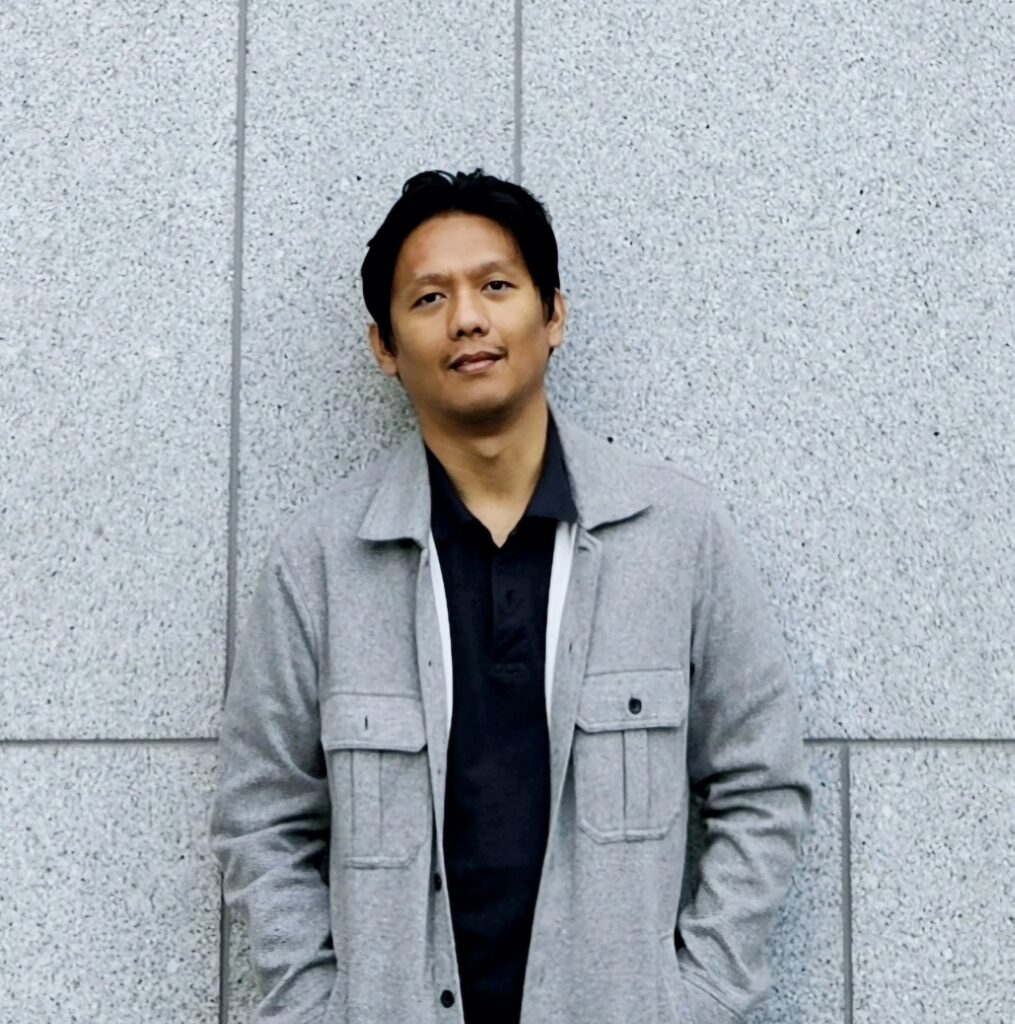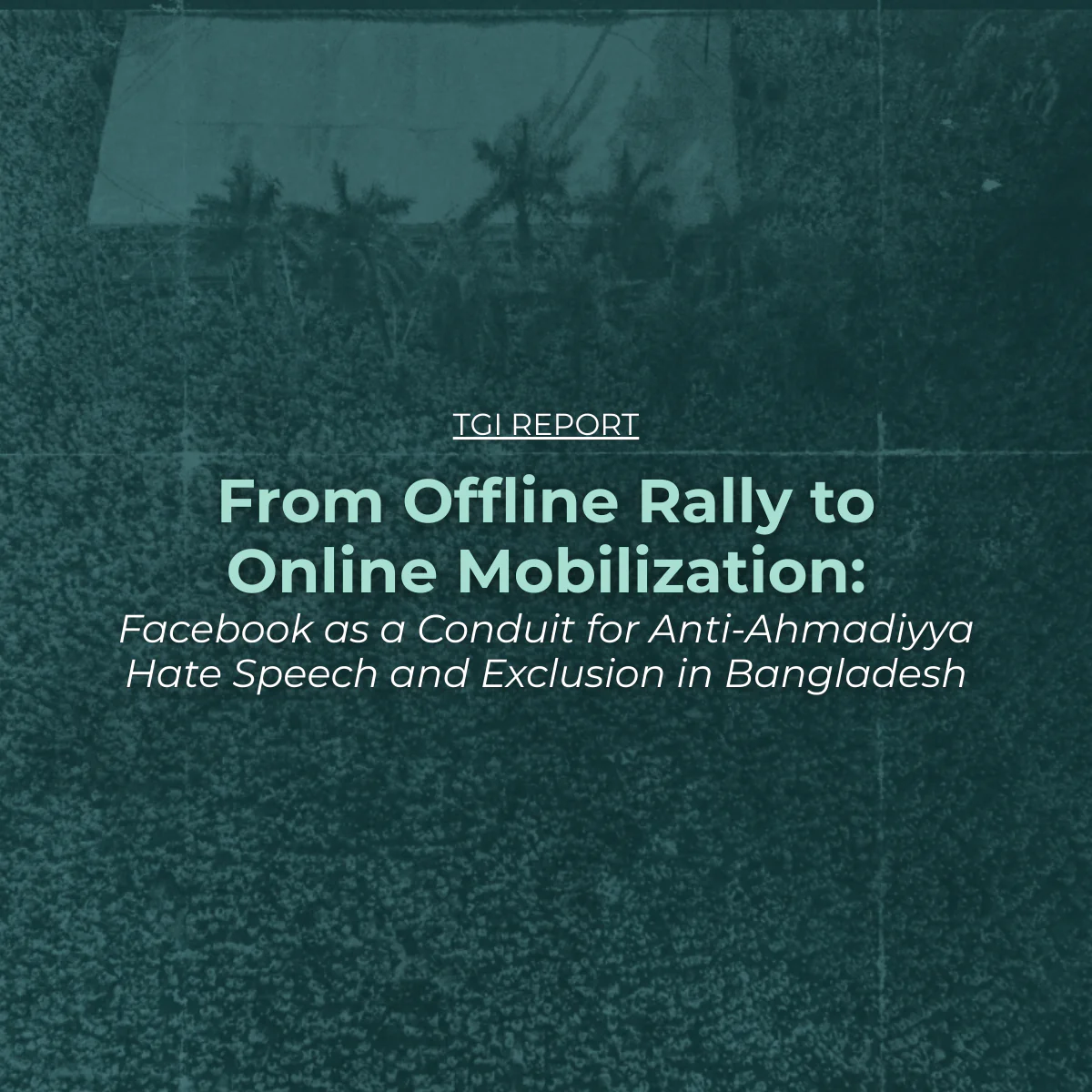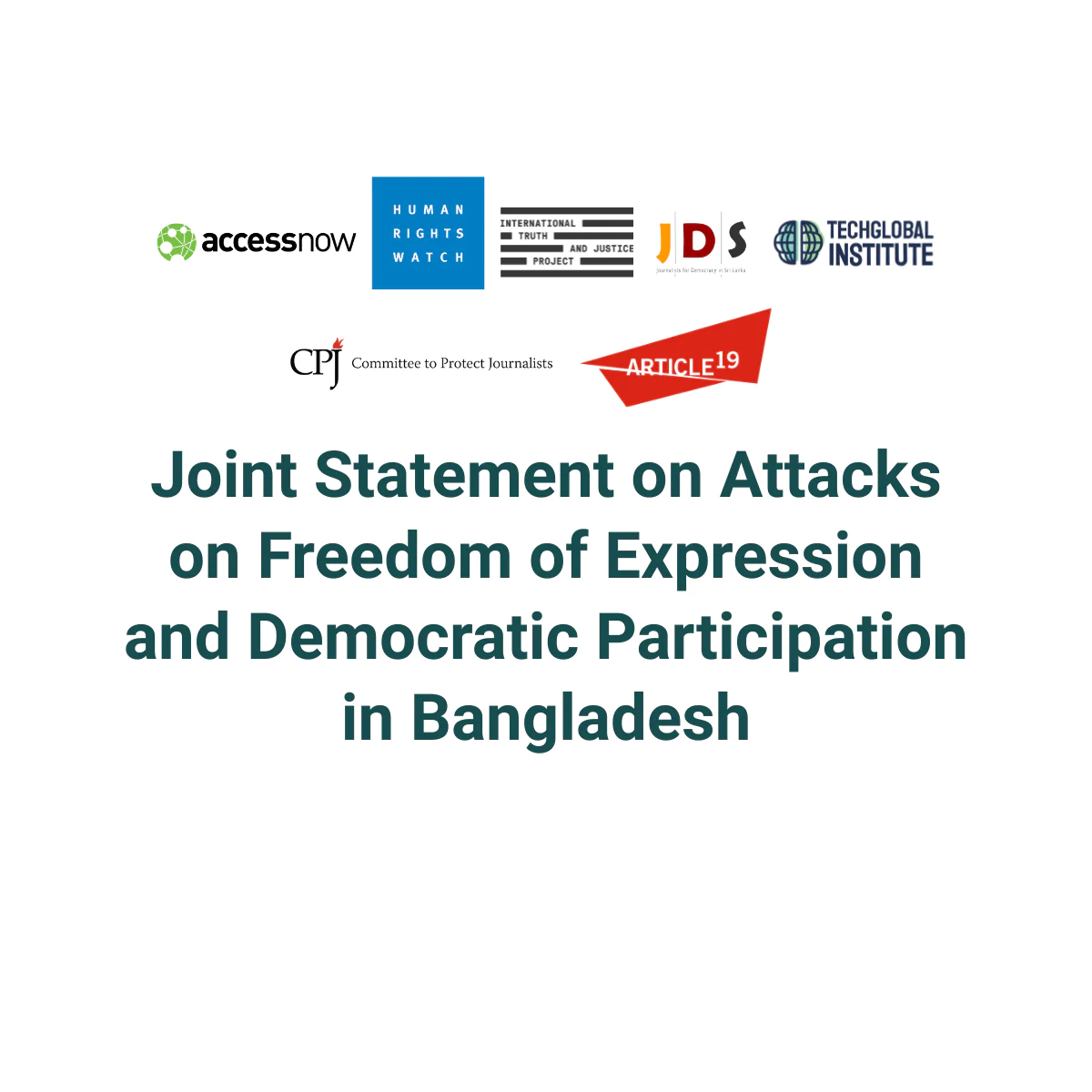Late August 2025 in Indonesia felt like a power surge. Weeks of anger over policy missteps, rising prices, and broken promises spilled on to the streets. By nightfall, after an accident that claimed the life of an online driver, the protests had intensified, clashes broke out, arrests followed, people were injured, and the country felt like it was teetering on the edge.
The unrest moved online just as fast. Timelines lit up with calls to gather, videos from the ground, and live feeds that pulled people into the moment. Then the distribution noticeably slowed: posts stopped traveling, videos vanished, and livestreams wouldn’t work or would shut down midway. What had been real-time suddenly felt delayed and heavy.
Suspicion began to build that maybe this wasn’t just a glitch but a deliberate move to limit the flow of information about the protests. Officials, of course, denied anything was being shut down. They said it was just coordination, some fact-checking here, a bit of enforcement there, all part of the effort to curb provocation, disinformation, and illegal content. Platforms echoed the line with voluntary actions under their own policies. And yet the public experience was unmistakable. If no one cut the power, why did the room dim?
A System Built for Speed, Not Scrutiny
Indonesia has learned how to manage speech during crises—without ever needing to flip the switch off. Since 2020, Ministerial Regulation 5/2020 (MR5) has handed officials a fast, law-backed route where platforms are required to remove flagged content within 24 hours or just four hours for anything deemed “urgent” on broad grounds like public order, with a locally appointed point of contact held responsible. The penalties escalate all the way to full blocking. It’s a system designed for speed and one that makes hesitation expensive.
When tensions spike, the choreography is familiar. Signals of harm start climbing, deepfakes spread, recycled riot footage resurfaces with misleading captions, and rumor cascades overwhelm timelines. In response, officials summon platforms (TikTok and Meta) and urge them to act “without waiting,” step up removals, and throttle risk to help keep the peace. It’s presented as cooperation but backed by legal architecture that makes over-compliance the safest bet.
From that point, the platform machinery takes over. Borderline posts begin to lose visibility, moderation queues accelerate, and risky features disappear without a word. On August 30, 2025, TikTok quietly paused its “live” feature in Indonesia “for the next few days,” citing safety concerns during the protests. There was no decree, no ban, nothing official—just a dimmer switch in action, felt across a market of over 100 million TikTok users.
At first glance, this may look smoother than an outright shutdown. But consider what it replaced. Back in 2019, the government restricted internet access in Papua and West Papua. On June 3, 2020, a Jakarta court ruled those shutdowns unlawful, a rare legal rebuke and a visible political bruise. Today’s model leaves no such marks. When things cool down, features quietly return. Officials say they merely “coordinated.” Platforms say they followed their rules. And yet, somewhere in that exchange, public visibility disappears. Who requested what, under which legal authority, and for how long? Those answers no longer live in public view.
Importantly, this isn’t just theory. The leverage is real. In July 2022, the government temporarily blocked access to PayPal, Steam, Yahoo, and several others for failing to register under MR5. PayPal was briefly reopened so users could withdraw their funds, but re-access was ultimately tied to compliance. The message to platforms was crystal clear: move fast, register properly, and respond promptly, or risk losing the market altogether.
Coercive Voluntarism, Digitized
Historian Christopher Capozzola once used the phrase coercive voluntarism to describe how individuals were pressured into compliance through civic expectation rather than law. Indonesia’s digital-era version follows a similar logic, but with formal policy backing. Platforms appear to act under their own rules, yet operate within a regulatory environment shaped by MR5 and the PSE regime that makes refusal irrational. With short takedown windows, broad justifications like “public order,” local liability, and the threat of blocking, cooperation becomes less a choice than a necessity. What’s called voluntary is, in truth, the only reasonable path.
What makes this system effective is that it doesn’t rely on direct orders or visible commands. The state doesn’t need to build new infrastructure; it simply leans on what platforms already control: distribution pipelines that shape attention, ranking algorithms that quietly elevate or suppress content, and internal dashboards that monitor risk in real time. Once these systems operate within a legal framework built around tight takedown deadlines, vague and expandable categories like “public order,” and credible threats of sanctions, the safest choice for platforms is always to comply, immediately and often excessively. This isn’t loud, performative censorship; it’s quiet leverage, deeply embedded in the architecture of the internet itself.
And yet, that quietness is exactly what makes it so hard to detect. Content is still being filtered, decisions are still being made, but the public is left with no trace of how or why. There’s no record to follow, no formal announcement, no legal citation, and no timestamped directive. The answers live in private moderation queues, not public logs or court rulings. It doesn’t look like a ban, but it unmistakably feels like the lights have dimmed.
Worse, the burden of this system isn’t shared equally. Smaller voices, grassroots reporters, local activists, and everyday users are flagged more frequently, wait longer for appeals, and often lack the resources to contest decisions. Over time, platforms begin to act less like neutral intermediaries and more like invisible regulators. Rights don’t vanish overnight; they quietly erode until crisis logic becomes routine and temporary measures become the norm.
Make Power Legible, Always
What Indonesia needs now is not another tool or regulation, but a shift in posture. The state already knows how to act fast, it can move within hours when needed. What’s missing is the willingness to make that speed understandable. Urgency should not make decisions harder to trace. Even in moments of crisis, the public should be able to follow what happened, who made the call, and where the lines were drawn. Power should not only be felt in its outcomes; it should also be understood through its reasoning.
This begins with treating transparency not as a courtesy, but as a foundational principle. When state authority runs through private systems, its presence should be visible not only in the result but also in the process. The purpose must be clear, the limits defined, and the traces left behind, so the public can see what was done and why, even after the fact. Clarity does not slow things down; it gives urgency weight, and helps people live with fast decisions.
Equally essential is protecting a lane for public-interest speech, even when things get tense. Documenting, reporting, and protesting are not threats in a crisis, they are part of the civic record. If the government and platforms are working together to manage risk, the public should not be treated as a bystander. They must remain at the center, not a side effect of coordination.
This is not a radical ask. It’s a basic democratic standard, keep the speed, but add the reasons. Make authority visible. Draw lines in daylight. Let the public stay in the frame.




